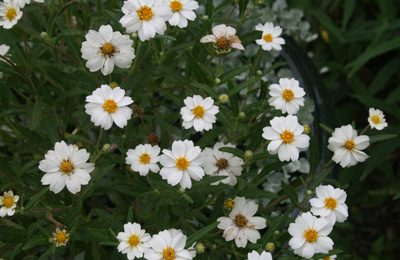What is causing the bark damage on my ‘Desert Museum’ Palo verde?
Thanks to John in Southern California for this great question! The bark on the trunk of his ‘Desert Museum’ Palo verde has square chunks neatly carved out. Since we knew this wasn’t caused by disease, and it didn’t look like deer damage, we consulted David Cristiani, a landscape architect in New Mexico. He tells us that this appears to be rabbit damage, which he’s seen on smooth tree trunks like this one, usually during winter, and during drought, when moisture is in short supply for all living creatures. He says the damage seems to be about the animal trying to get moisture out of the trunk, eventually girdling and killing the tree, if it continues.
David also says that he’s observed young, smooth-barked trees such as desert willow, ash, and pistachio being gnawed by multiple cottontail and jackrabbits for several days in a row, then the trees are dead.
Nearby older or rougher-barked young trees like mesquite, oak, and juniper are left alone.
When we got back in touch with John about his Palo verde, he reported that he had indeed started noticing rabbits last year, and that even though rabbits had always been around, they’ve never been so visible. Yes—it’s been dry in SoCal!
To further illustrate the point, David also sent us pictures of an Opuntia macrocentra that had been chomped by jackrabbits or cottontails, or maybe pack rats. He says that usually the pack rats eat cacti from burrowing under the roots and getting their moisture and roughage that way, in order to avoid the spines.

